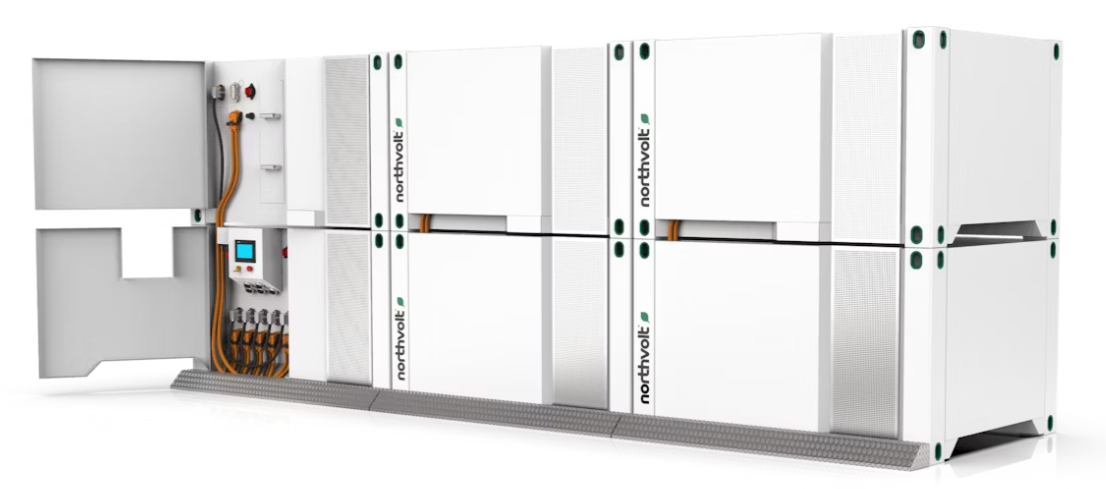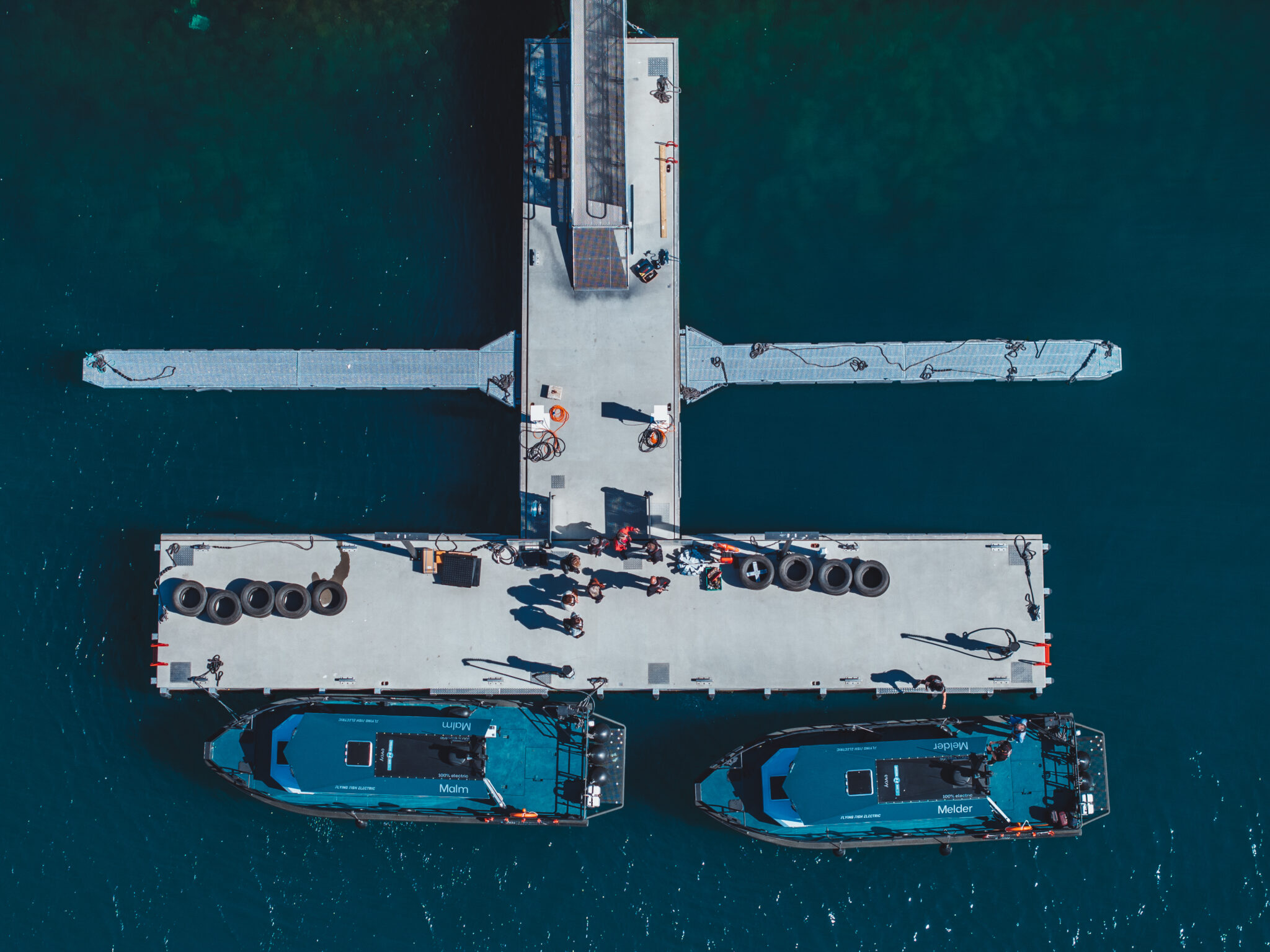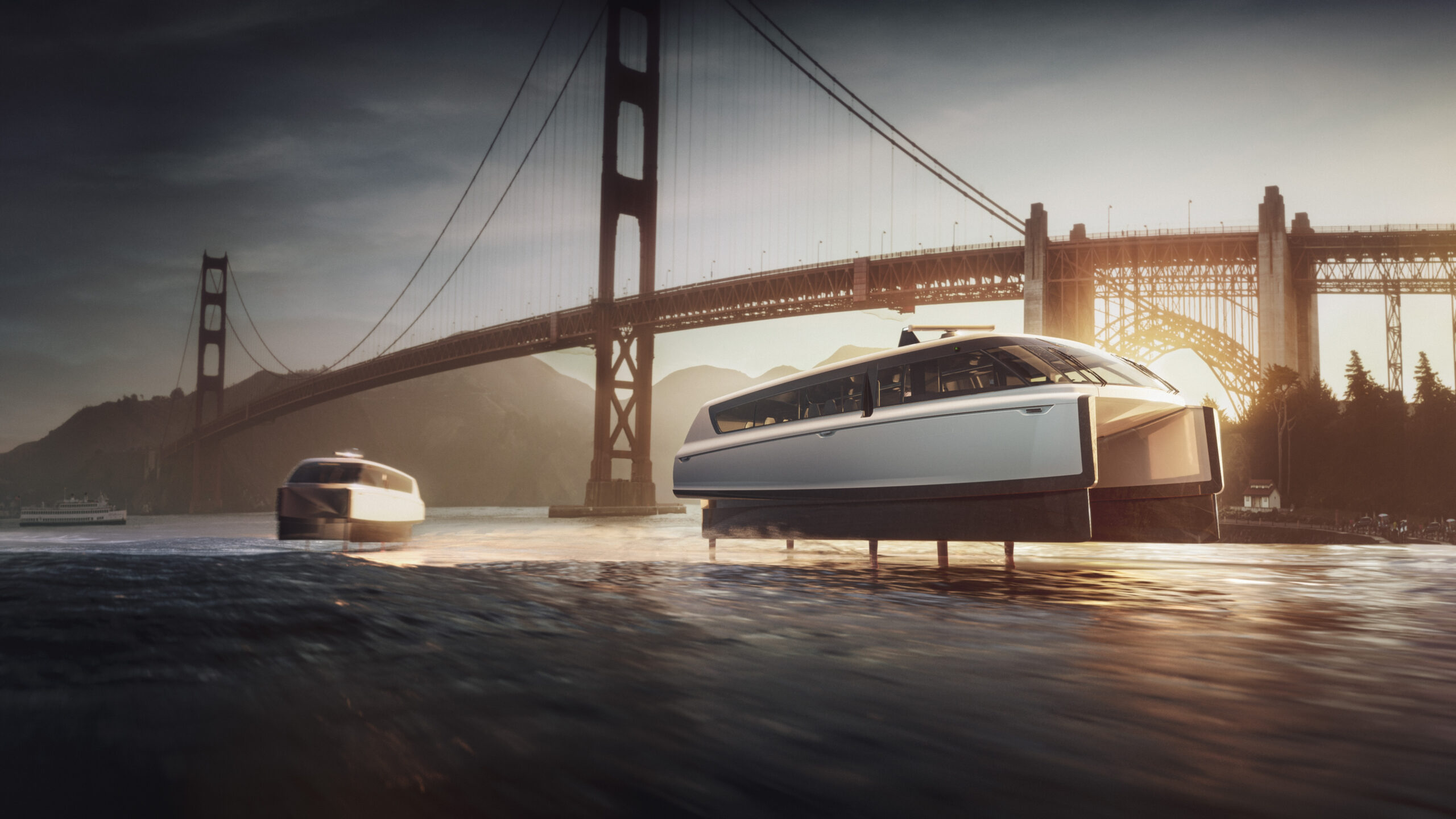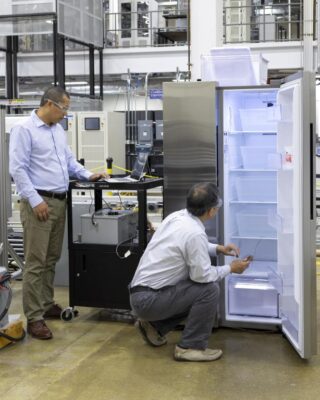Sign up for daily news updates from CleanTechnica on email. Or follow us on Google News!
In January, Jake Richardson told us that Candela, the Swedish company that manufacturers electric boats, had begun using the 69 kWh battery from the Polestar 2 to power its eight-passenger C-8 instead of the 44 kWh battery it used when production of that model began. In addition to the battery, Polestar also supplies all of the DC charging hardware and software for the C-8.
Recently, Candela CEO Gustav Hasselskog wanted to prove that the C-8 could handle long-distance cruising, so he set up a 20 nautical mile loop between Frihamnen and the island of Tynningö. During one 24-hour period, the C-8 test boat covered 777 km (483 miles), which is now the official one-day distance record for electric boats. The previous record was 79 miles covered in 20 hours.
The C-8 was recharged after every lap. Each charge took about 18 minutes, during which the battery was charged from about 13% to 66% state of charge. During the 24 hours, the C-8 charged for a total of 313 minutes and received a total of 615 kWh of electricity at a cost of about €120. A conventional gasoline-powered boat would consume roughly 750 liters of gasoline at a cost of approximately €1400.
The average charging speed was about 118 kW. The boat maintained an average speed of slightly over 17 knots during that 24-hour period, including charging breaks. While underway, the target speed was 27 knots, according to a Candela blog post.
The distance covered would allow a boat like the C-8 to cover the round-trip distance between London and Amsterdam in one day. Or a C-8 could cross the English Channel between Dover and Calais 20 times in that 24-hour period. It could also journey from Stockholm to Finland in 13 hours — three hours faster than the Finland ferry.
“This feat shows that fast, electric waterborne transport over long distances is viable today, not a distant future,” says Hasselskog, who piloted the C-8 during the record attempt.
The Candela C-8 & Efficiency
While at speed, the Candela C-8 is lifted above the water on hydrofoils, which reduces the energy needed to move the boat forward by 80% compared to a conventional displacement hull. This results in a range that is 2 to 3 times greater than that of a traditional electric boat. Moreover, the C-8 can be DC fast charged thanks to Candela’s partnership with Polestar, which supplies both batteries and charging for the C-8. Together, this makes extended journeys using battery power feasible for the first time.
Voltpack & Plug Charged The Candela C-8
The record run was enabled by Voltpack, a mobile battery storage system from Northvolt which was used to DC fast charge the C-8 during the record run. On the dock was a 281 kWh Voltpack system, and a Plug DC charger.
Voltpack is a portable energy storage system designed to provide electrical power wherever it is needed — a concert venue, a construction site, or any charging locations where utility upgrades for fast charging are prohibitively expensive. Northvolt says the Voltpack is mobile and scalable.
Each Voltpack contains three liquid-cooled, industrial-grade battery cores. The hub also serves as an interface for applications and houses an inverter and auxiliary systems. If further power or storage capacity is needed, this can be done simply by connecting up to five Voltpack Mobile Systems in parallel. Each Voltpack weighs 3000 kg.
Plug, based in Norway, manufactures high-power charging equipment for marine customers, among others. It says electric boats are already commercially available, including slow double-enders and day cruisers to high-speed rib boats. Different battery and motor sizes mean different requirements for charging.
For a slow boat with a large battery, AC charging in the local marina will be sufficient. For high-speed boats, high-power DC charging is needed. The company says it offers a variety of charging solutions to private marinas and commercial facilities.
Plug also makes shore power equipment that allows larger ships to turn off their diesel generators while in port, reducing emissions and saving ship owners money. One of its DC fast chargers was used to keep the Candela C-8 charged up and ready to undertake the next lap of its 24-hour challenge.
Marine Charging Networks Needed
The record distance run offered several insights about what can be achieved with Candela’s electric foiling vessels and a network of DC charging stations. Part of the reason for the record-breaking endeavor was to show what future DC charging networks for boats could look like in archipelagos and remote coastal areas. Instead of making heavy investments in upgrading the local grid, islands can deploy battery systems like Voltpack to ensure that there’s enough power available for fast charging.
“With a relatively modest investment, charging stations could be built to fully electrify marine transport in the Stockholm archipelago. For a few hundred million euros, a charging network covering Europe’s coastal passenger transports would become a reality,” said Hasselskog.
This fall, Candela will introduce its new passenger vessel, the 30-person Candela P-12 Shuttle. This vessel can operate on most of the world’s coastal waterways while offering a sustainable and much more cost effective alternative to today’s fossil-fueled waterborne traffic, which accounts for 3% of global GHG emissions. “We don’t have to wait for tomorrow. We have the technology to shift towards sustainable marine transport now,” Hasselskog stated.
In August, CleanTechnica‘s Kyle Field got to take a test ride in a Candela C-8 in San Francisco Bay. Here’s what he had to say about the experience: “The experience was transformative. The EV smile that took over my face when I first drove a four wheeled electric vehicle was back. The future of boating is electrically powered and hydrofoils are engineering marvels. Waves were reduced to minor disturbances as the hydrofoils glide silently a few feet under the surface.”
Kyle added, “In the C-8, 22 knots felt like nothing. We were blasting along with only the slightest bumps from the adjustments automatically made by the foils to maintain balance. Your eyes can sense the motion, but the flying experience on the C-8 is so silent and smooth that it’s deceptive. It’s easy to imagine early owners needing a bit of time to get used to the speed at which they’re traveling when up on the foils.” It sounds as though Kyle thoroughly enjoyed the experience!
The Takeaway
The Candela C-8 is a premium boat at a premium price. As in the world of electric cars, buyers pay extra for the all-electric boating experience. Think of this flying electric boat as the equivalent of the 2012 Tesla Model S — a breakthrough vehicle that was a harbinger of things to come.
As with electric cars, the issue for electric boats is not so much range as it is charging infrastructure. With assistance from Northvolt and Plug, those concerns are poised to soon disappear in the rearview mirror — rapidly!
Have a tip for CleanTechnica? Want to advertise? Want to suggest a guest for our CleanTech Talk podcast? Contact us here.
EV Obsession Daily!
I don’t like paywalls. You don’t like paywalls. Who likes paywalls? Here at CleanTechnica, we implemented a limited paywall for a while, but it always felt wrong — and it was always tough to decide what we should put behind there. In theory, your most exclusive and best content goes behind a paywall. But then fewer people read it!! So, we’ve decided to completely nix paywalls here at CleanTechnica. But…
Thank you!
Tesla Sales in 2023, 2024, and 2030
CleanTechnica uses affiliate links. See our policy here.







